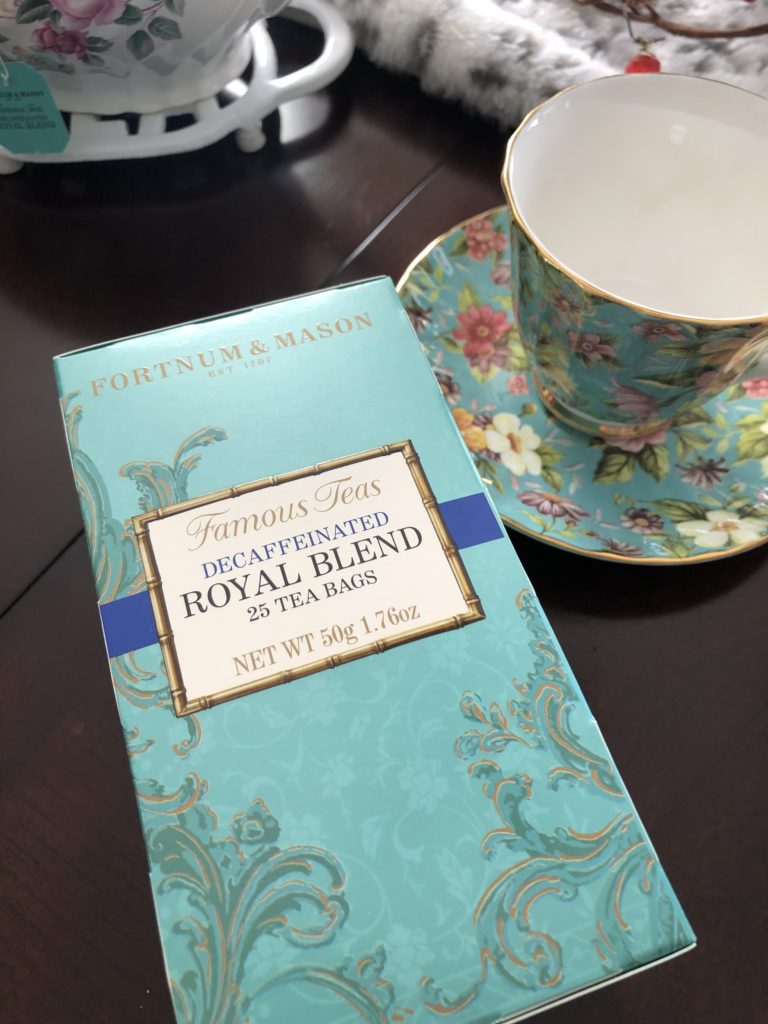Spill the Tea: Fortnum & Mason Decaffeinated Royal Blend
Fortnum & Mason deliver a smooth yet subdued blend of black tea
For a tea with such a rich backstory, Fortnum & Mason’s decaffeinated Royal blend delivers a lighter take on black tea.
Fortnum & Mason is a London-based department store that created this tea blend for King Edward VII in 1902, hence the “royal blend.” To pay homage to its royal history, I thought it was only right to have a proper tea party with my family, fancy china and all.

The tea does have a nice light honey aftertaste. This black tea is a blend of Assam, a malty black tea from Northern India, and Ceylon, a tea from Sri Lanka that supposedly carries an air of citrus. Now, I am far from a tea connoisseur, but I do taste a very slight citrus flavour that blends quite well with the honey. However, the malty aftertaste is definitely more apparent.
Though there is a complexity to the tea, overall the flavours are quite subdued. Though this is one of the strongest teas from Fortnum & Mason, it isn’t particularly rich and I wouldn’t describe it as “full-bodied” as they do. However, it is smooth and doesn’t leave you with chalky teeth, unlike some stronger black teas.
Perhaps it is the delicacy of the flavours, the light air of honey and lemon, that makes this tea royal. Perhaps I have burned my common taste buds by downing too many mugs of Lipton tea and now I have come to expect a bombardment of flavour, rather than appreciate the work behind creating a light delicate tea.
Existential crisis aside, I decided to try the tea with milk as suggested by Fortnum & Mason. I don’t think the milk necessarily enhances the tea. In fact, because the tea is so delicate, it really puts the milk in the spotlight and I personally do not enjoy that.
Overall, the more I drink the tea, the more I find it enjoyable. I think this tea is a reminder that not every blend needs to punch you in the face with flavour and there is a more delicate side of black to enjoy. The light notes of honey and citrus are fresh and subtle which is probably why it was seen as a royal tea.




